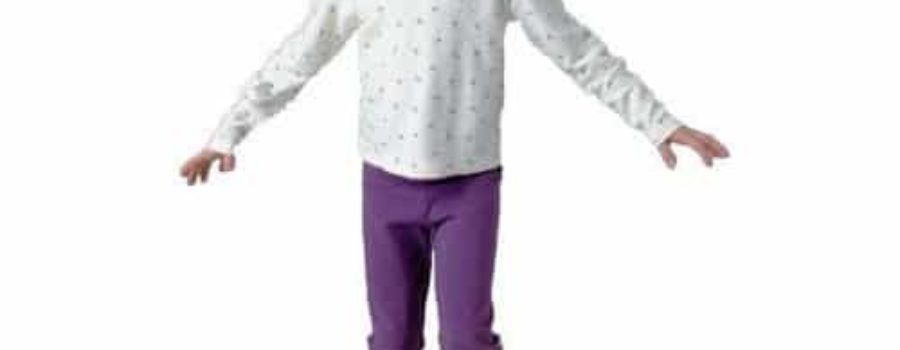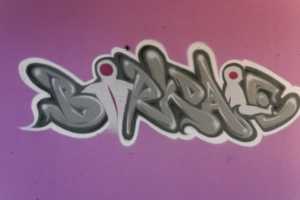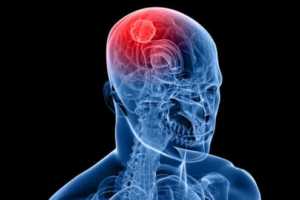I have been treating children with transverse myelitis for last 16 years. Last weekend Transverse Myelitis society organised a family weekend at Calvert Trust in Lake District.  There were many activities organised for the children and the adults and parents had the opportunity to speak to professionals who were there to help and answer questions. A good time was had by all. During this weekend I talked to many parents and assisted many of the children with their movements and difficulties.
There were many activities organised for the children and the adults and parents had the opportunity to speak to professionals who were there to help and answer questions. A good time was had by all. During this weekend I talked to many parents and assisted many of the children with their movements and difficulties.
For those of you who have not heard about this condition: Transverse myelitis is an autoimmunity disorder which effects sensory, motor, balance, cognition and last but not least affects eye tracking.
Over the years I have come to learn that brain works at many levels and that we cannot separate activities eg sensory does not just mean touch or vibration but also awareness of the body. The relationship of eyes and head and head and trunk and pelvis and the limbs are all connected.
The information from each part of the body, joints, muscles, vision and auditory are send to the brain via the spinal cord and information sent to the brain is received by many parts; each part in turn sends information back to the body in order for the body to move.
I observed that due to poor sensory and imbalance in the muscles, children experience severe scoliosis, which hinders the quality of life in many ways.
I am sure if we had a fun regime that children could follow without being nagged at, we could reduce some of these problems. For example an air cushion could be placed on a wheel chair base this means trunk muscles could be stimulated and sitting is an active engagement. The children could sit on a Hokki stool at school to create the same thing.
Change can be achieved through simplest of activities. For example we can spend some time standing every day on a standing frame or just standing and doing some of the school work. We are not designed to sit seven hours a day.
 Balance is a sensory motor skill, it requires to be constantly challenged, for those who have a standing balance, a couple of minutes standing while brushing teeth or washing hands in a day will improve anterior posterior balance as well as lateral balance.
Balance is a sensory motor skill, it requires to be constantly challenged, for those who have a standing balance, a couple of minutes standing while brushing teeth or washing hands in a day will improve anterior posterior balance as well as lateral balance.
It is also fun to throw and catch a ball if more challenge is desirable.
Sensation from sitting on the air cushion improves head righting reactions and trunk equilibrium reactions as well as eye directed body movements. As the movements become automatic, trunk muscles start being recruited and to make it fun the child can create his /hers work out. The siblings will also join in and everyone can have fun while exercising.
Motor learning needs to be fun as everyone loses their motivation. This particularly true for children who as a result of TM suffer from depression. Learning is fun and change happening before their eyes will empower the children and motivate them to continue.
Of course they are many other areas that we need to work with ,eg Functional electrical stimulation exercises tolerance, stamina, dealing with fatigue and bowel and bladder and lastly abnormal sensation. Children will try to reduce some of their banding or pins and needles if they were taught how to do so. Hyper sensitivity is a big issue, constantly encouraging the children to use variety of texture on the sole of their feet is one way of reducing the abnormal sensation.
Implementing some of these will help children to have more control over their bodies.




